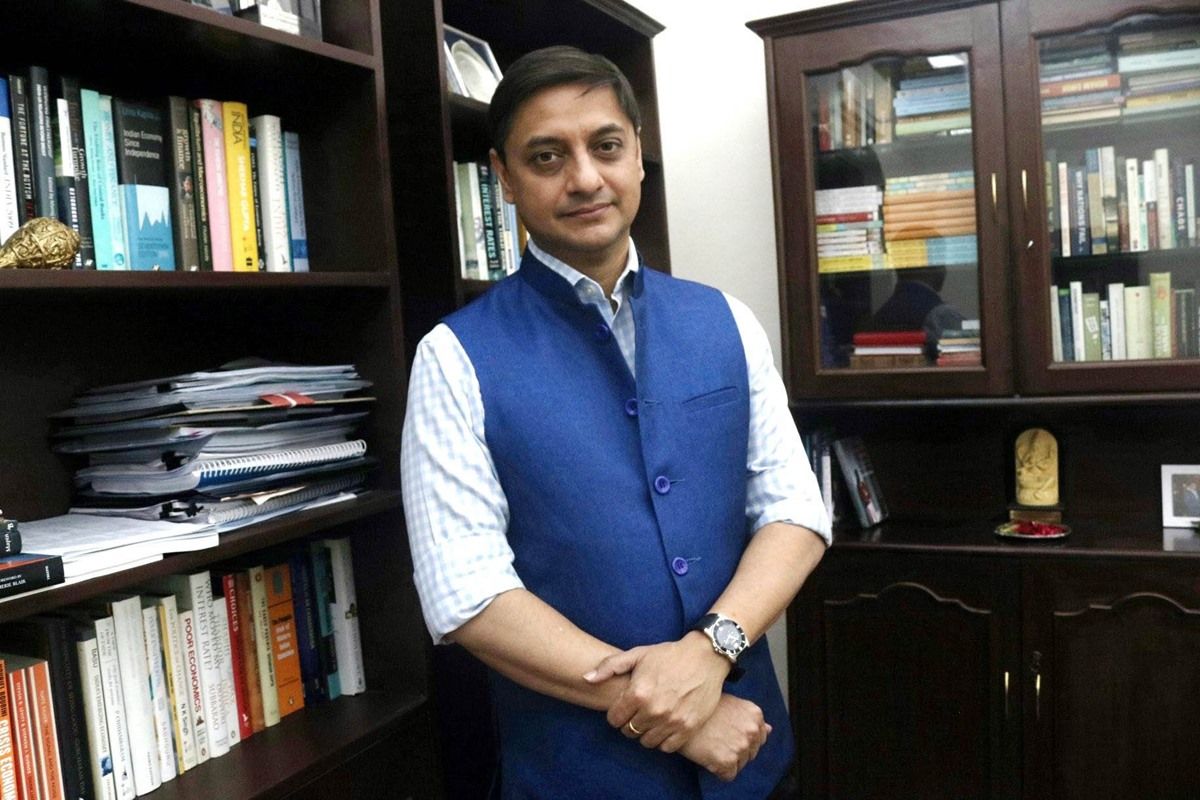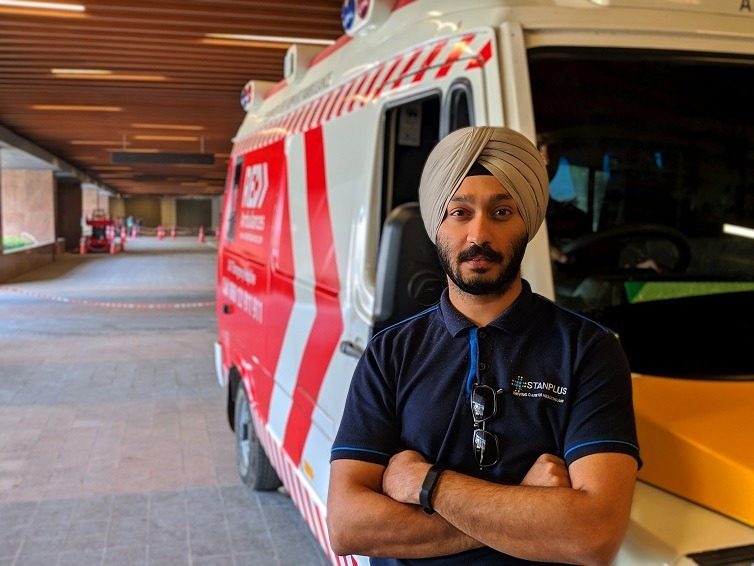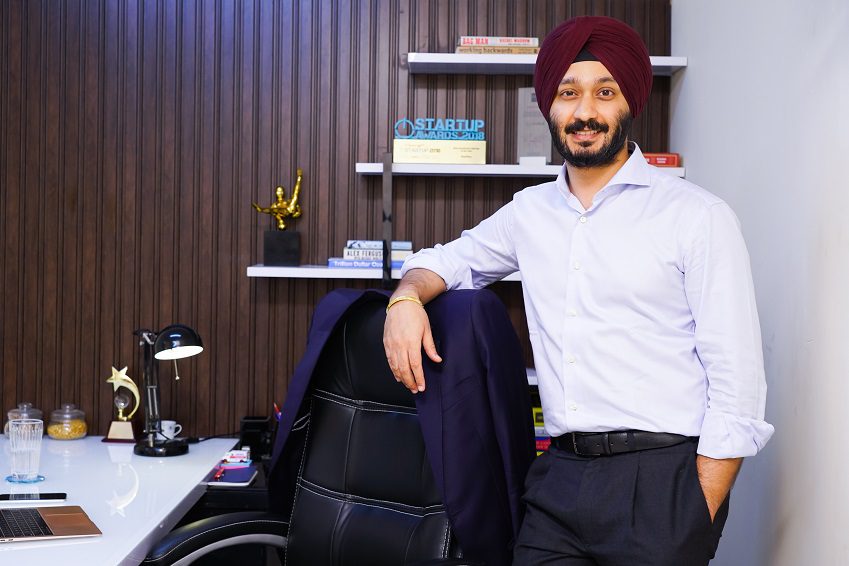(April 21, 2023) Dr. Pradeep Sethi went from being a farm labourer, spending his childhood working in the fields to becoming one of India’s top hair transplant surgeons and the co-founder of Eugenix Hair Sciences, which boasts a long line of celebrity clientele. He’s also a leading philanthropist who has founded the Utkal Gaurav International School in his village Berunapadi in Odisha. The school aims to provide world-class education for free in India’s eastern hinterland, where opportunities are rare. Dr Sethi is in the process of bringing in top faculty from around the world to give international exposure to students, while laying emphasis on spiritual practices to ensure their holistic development.
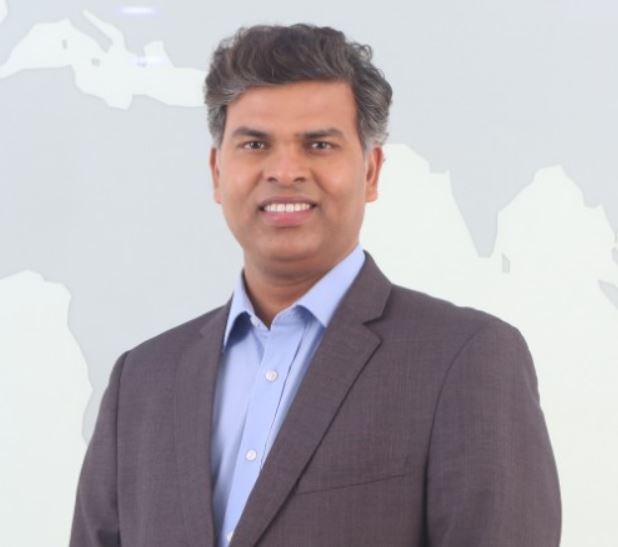
Dr Pradeep Sethi
All through his inspirational journey, Dr Sethi, a true son of the soil, never lost touch with his village, which is situated 160-km away from Bhubaneshwar. Having benefited from education provided by various charitable trusts, he is now deeply committed to philanthropy and connects giving back with spirituality. He made headlines for his work with Utkal Gaurav International School which has been developed with a fund of ₹10 crore. The school was virtually inaugurated by Odisha Chief Minister Naveen Patnaik last month.
Until 2020, the ground on which the school has been developed was just a large piece of farming land where I used to work as a daily wage worker. But, today, the same land houses the school.
“Most of my friends, who were initially my clients, have endorsed the idea of my school,” Dr Pradeep Sethi said, while speaking to Business Line.
The path of spirituality
Early in life, Sethi began gravitating to the teachings of spiritual gurus, especially Swami Paramhansa Yoganand, author of the iconic book, Autobiography of a Yogi. The spiritual teacher and author has laid emphasis on the importance of physical health and well-being, calling spirituality a holistic practice. Yoganand’s teachings had a great impact on Sethi in his growing up years. The spiritual master’s emphasis on the interconnectedness of all things and the importance of service to others deeply resonated with Dr Sethi’s aspirations of life.

Dr Pradeep Sethi with cricketer Ravi Shastri
Autobiography of a Yogi is still Dr Sethi’s favourite, and he gifts the book to people as often as he can. “I have earned lots of friends through this book and I am sure when I die, I will be carrying lots of love, affection and friendship to the other world,” he said.
The dream philanthropic project
Sethi’s own life has been transformed by the kindness of strangers and charitable institutions, and he never misses an opportunity to do good to others. With a deep urge to give back he provides free treatment to the needy, supports charitable causes and extends whole-hearted support to community outreach programmes.
During the launch of Utkal Gaurav International School, Sethi remarked, “I hope to arrange ₹100 crore for the final look of this dream project, in the next five years,” adding, “I want the kids of my school to get the exposure of the world. The difference between my village and developed countries like USA is all about exposure, and I want to do the hard work to reduce the gap between the developed countries and a developing small village.” Kids at the international school will be introduced to a wide array of fields including technology, sports and agriculture.
Some of my friends from Oxford and Harvard University are already taking classes online. Once the infrastructure is ready for the teaching staff to stay in, we will have teachers from places like the USA, UK and Australia visiting the campus.
Dr Sethi has plans to take the senior kids to international tours. “This would enable their growth and build in them the capacity to imagine the ideas that they can work upon to make the society better,” he said.
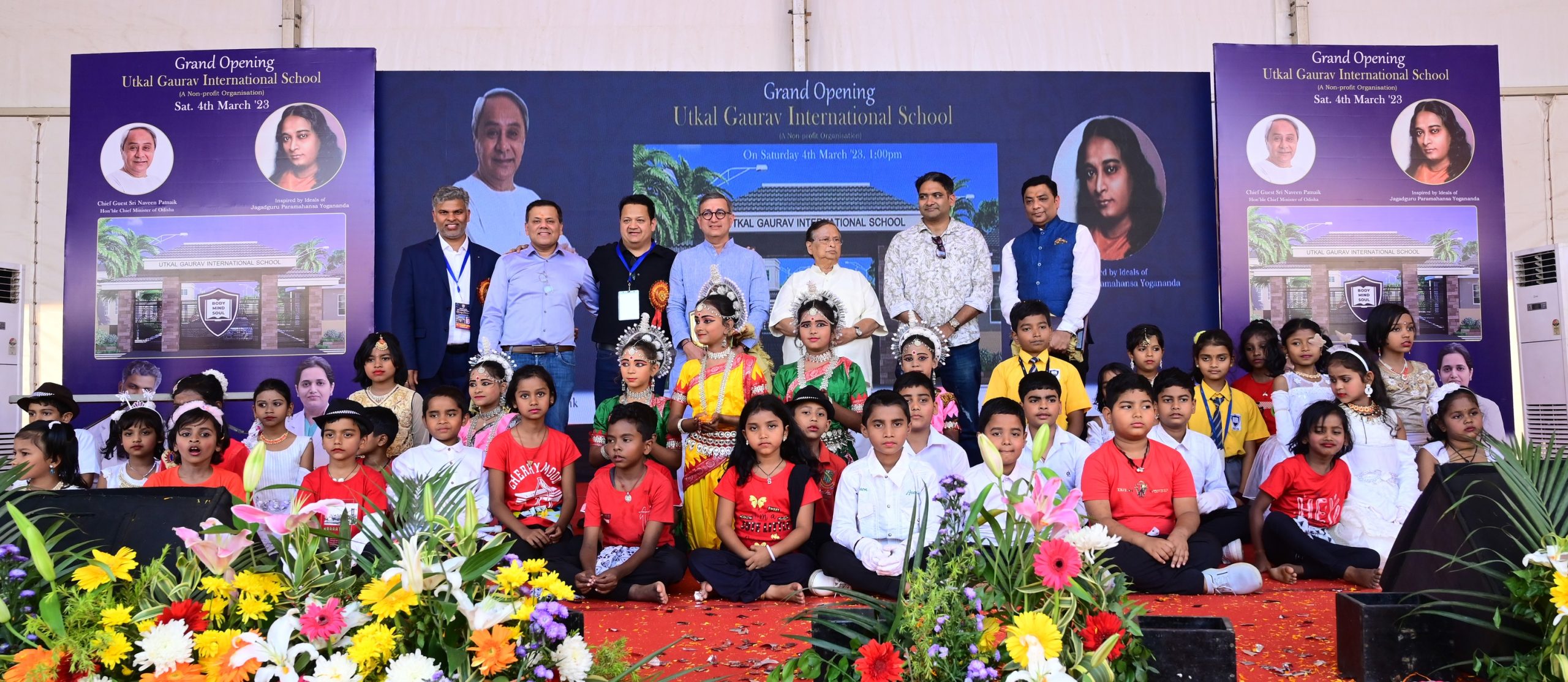
Opening ceremony of Utkal Gaurav International School
Dr Sethi’s venture is backed by industrialists like Rajiv Bajaj from Bajaj Group, Adar Poonawalla, CEO of Serum Institute of India, Puneet Goenka of Zee Entertainment Enterprises, and Sandeep Raheja of Exide Battery. Many of Sethi’s clients including cricketers and actors have also extended their help for the project. “The amount does not matter, the feeling behind it matters,” Dr Sethi said.
Keeping in tune with the principles espoused by his spiritual guru Swami Paramhansa Yoganand, Sethi’ school does not just focus on academics but on the all-round training for a fit body, mind and soul. Yoga, meditation, purpose of life and how to maximise one’s potential find a significant place in the curriculum. “I look forward to the day when institutions all over the country and across the world replicate the model,” he said.
The course of life
Though Sethi worked as a farm labourer, he was deeply dedicated to his academics, and later was able to secure an admission at Navodaya Vidyalaya. Studying there, he did well in his senior secondary exams and got admission at the Government Medical College in Sambalpur in Odisha. He later went on to do his further studies at the All-India Institute of Medical Sciences (AIIMS), Delhi.
Passing out from there, Sethi started his practice from Rishikesh in 2008. The lack of opportunities in his area of specialisation led him to head to Rishikesh to get some spiritual relief and to try his luck there. Not getting a job immediately after passing out from medical college and moving to Rishikesh is something that he calls ‘blessing in disguise,’ because that prompted him to start his own independent practice.
Luck prevailed and Sethi’s practice became so successful that he expanded his business outside Rishikesh. Within a few years of starting his independent practice, he co-founded the state-of-the-art hair transplant chain Eugenix Hair Sciences, with his wife Arika Bansal who happened to be his batchmate at AIIMS. With seven clinics across India, Eugenix Hair Sciences has treated thousands of satisfied patients.
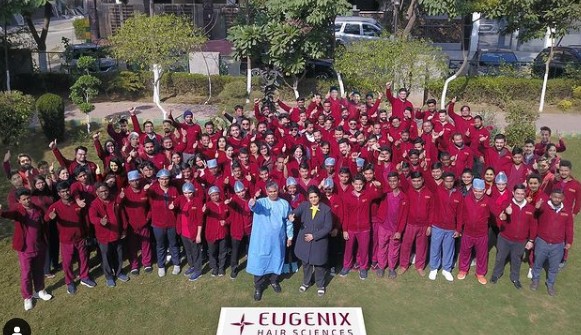
Dr Pradeep Sethi and Dr Arika Bansal with their team
To make others happy you will have to go out of your way. You will have to cause yourself discomfort and sacrifice your pleasures. If you go to that extent and serve society, only then you will be able to generate joy within you. That’s what I practice. I am very selfish. I want to make myself extremely joyful.
Dr Sethi is popular for his innovative techniques and advanced hair restoration methods including the DHT technique which he pioneered. He has conducted workshops and training sessions for the people of the medical fraternity in India and abroad and has contributed to the field through his research and publications in various medical journals. The International Society of Hair Restoration Surgery (ISHRS) has bestowed the prestigious Fellow of ISHRS title upon Sethi for his pioneering research. However, the illustrious doctor considers his practice and medical research his ‘secondary job’ while practicing the principles laid down by Swami Paramhansa Yoganand his ‘primary duty’.



 Scallop with Uni Malai Curry at Indienne[/caption]
Scallop with Uni Malai Curry at Indienne[/caption] Michelin-award winning Indian restaurant Indienne[/caption]
Michelin-award winning Indian restaurant Indienne[/caption] Dahi Bhalla at Indienne[/caption]
Dahi Bhalla at Indienne[/caption]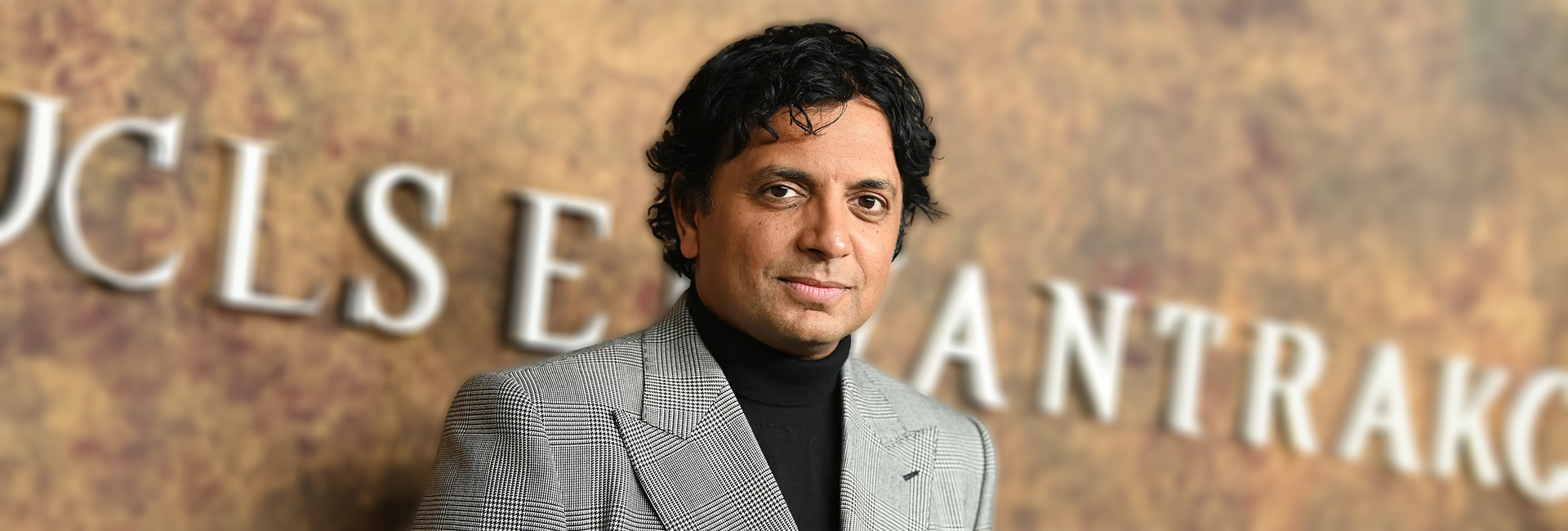
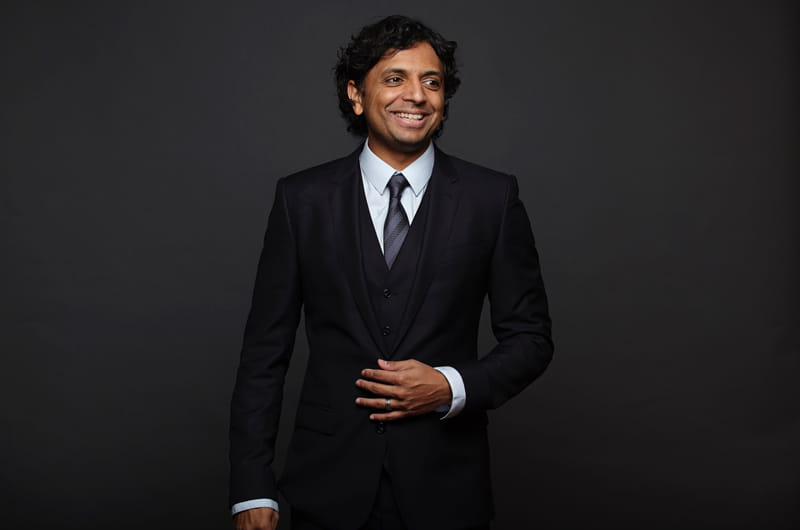 M Night Shyamalan[/caption]
M Night Shyamalan[/caption]


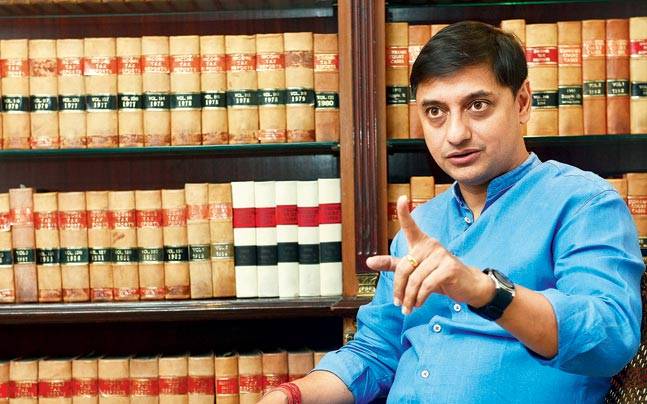
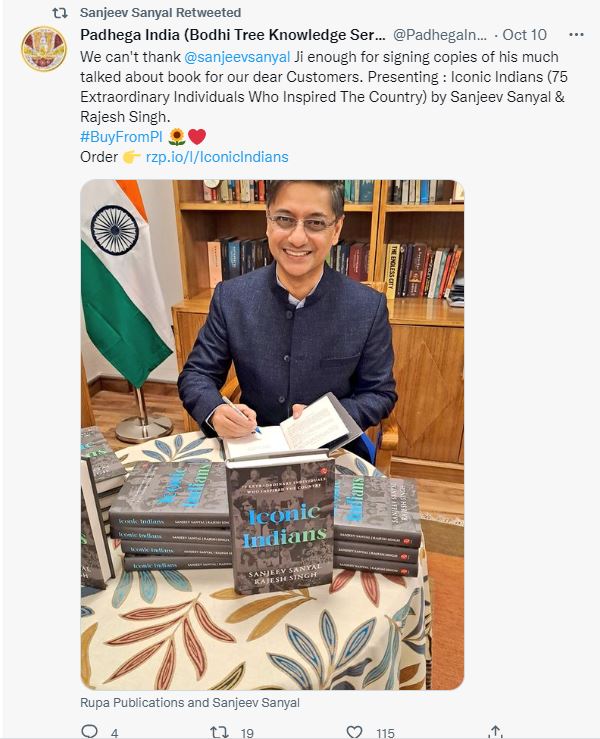
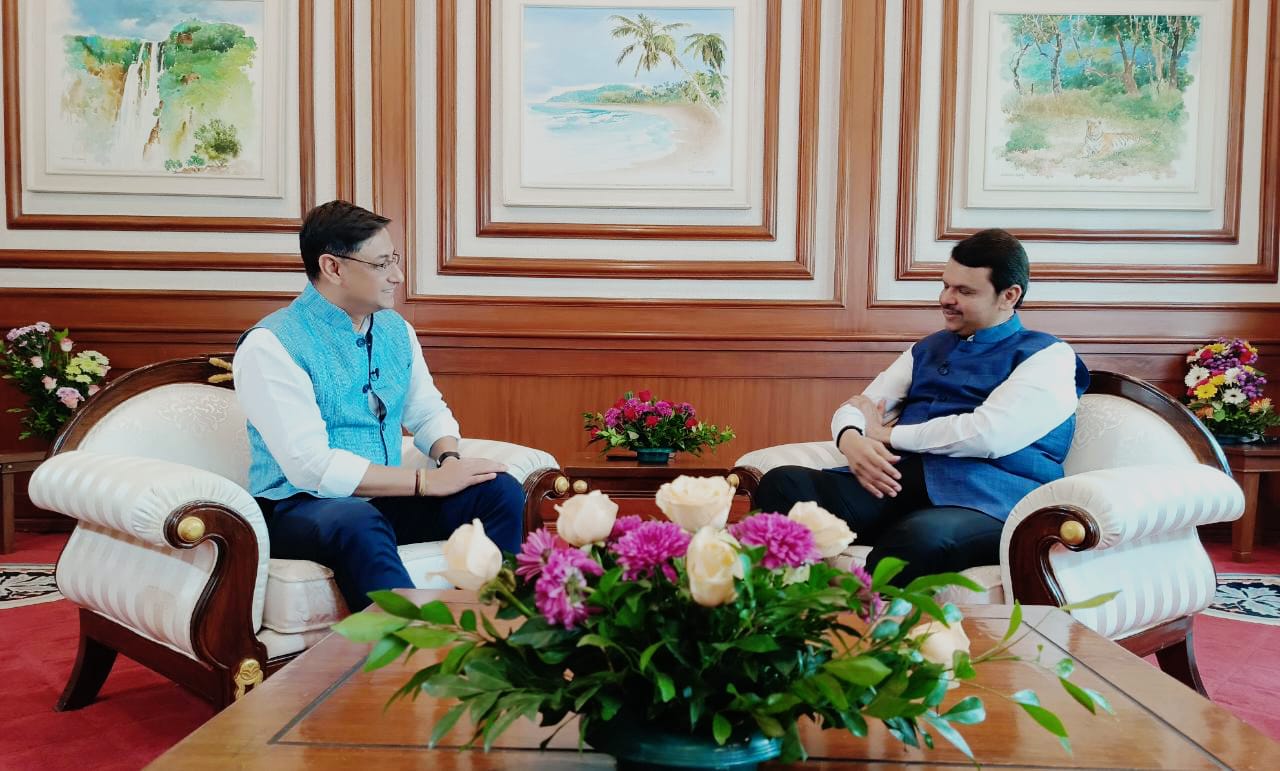
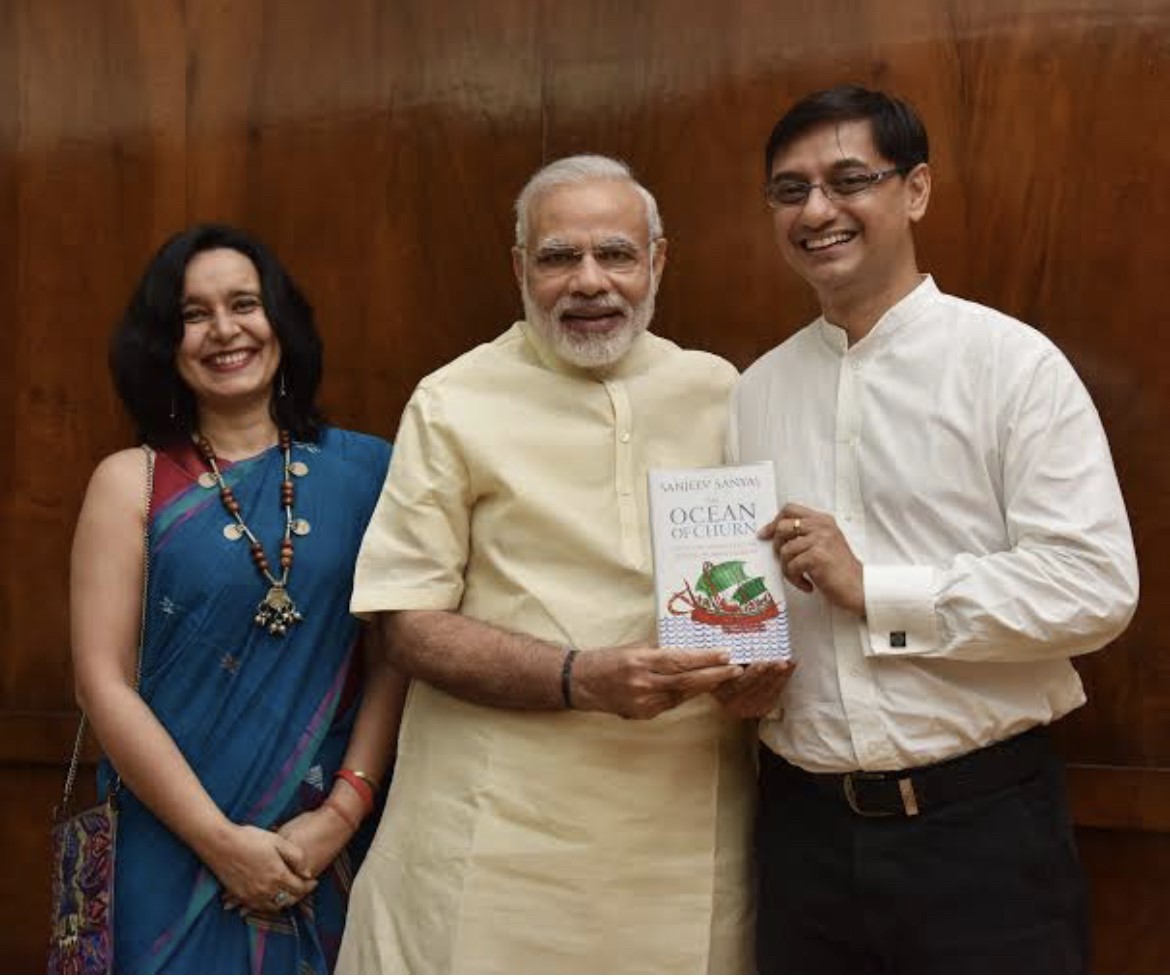 Sanjeev Sanyal with the Prime Minister of India[/caption]
Sanjeev Sanyal with the Prime Minister of India[/caption]